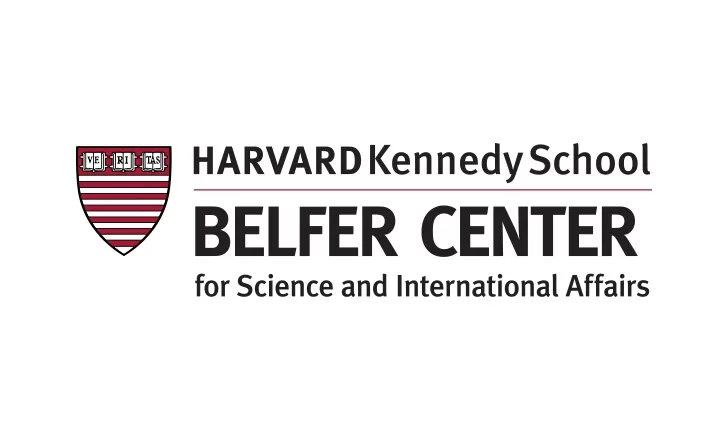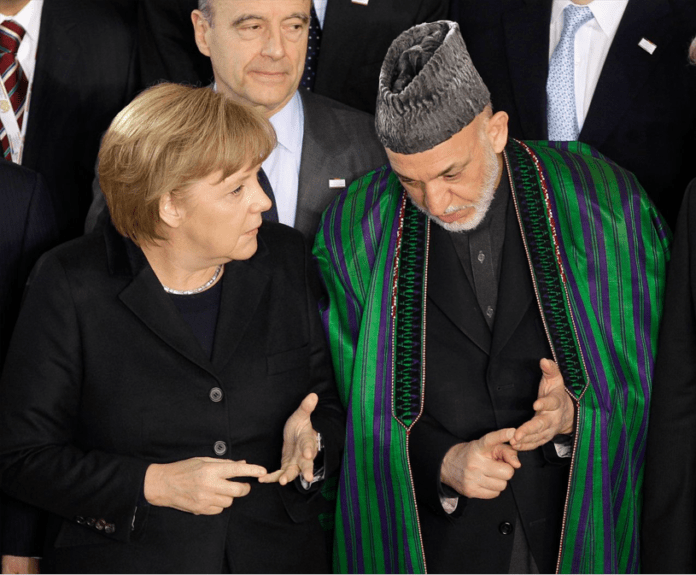As expected, Bonn II Conference did not go beyond the rhetoric. Conference convened to encourage talks with the Taliban and boost the regional cooperation, brought forth the reality of a dead ended peace process sans Pakistan. Though Taliban had been engaged in peace talks for years, they also didn’t show up for the event; they branded the conference as a sham. Just as Iran’s foreign minister arrived for the conference, his country reported that Iranian forces downed an American drone that strayed into Iranian airspace. Candace Rondeaux, an analyst at the International Crisis Group opined, “The narrative of regional cooperation being built up in Washington and other Western capitals in no way matches reality.”
Bonn II was a political conference. Leaders of the international community pledged to support Afghanistan after foreign troops’ withdrawal. German Foreign Minister Guido Westerwelle said, “Today, the international community sends a clear message to the people of Afghanistan: We will not abandon you. We stay at your side.”
In exchange for good governance, the international community was ready to stand by Afghanistan for 10 years after NATO’s combat troops withdraw from that country in 2014. Conference acknowledged the burden of Afghanistan’s neighbours, in particular Pakistan and Iran, in providing temporary refuge to millions of Afghans in difficult times.
Hillary Clinton said, “We continue to believe that Pakistan has a crucial role to play,” adding that she was encouraged by remarks by a Pakistani government official that ‘it will continue cooperation, including in the fight against terrorism’. Hillary Clinton acknowledged Pakistan’s importance to the Afghan peace process and expressed regret about Islamabad’s boycott. “We would, of course, have benefited from Pakistan’s contribution to this conference,” she said.
Much of the attention in Bonn was on Afghanistan’s economic needs. The Afghan government estimates that it will need around $10 billion a year in international aid for many years to come to prevent its administration and security forces from collapsing. However, many analysts say that the estimates are exaggerated. Actual levels of international financial support for Afghanistan will be determined during a pledging conference in Japan next year.
Ahead of the Bonn gathering, Afghan officials had floated the concept of “transition dividend” under which coalition nations would commit to invest in Afghanistan part of the money that they save by pulling out their troops in coming years. This point was dropped from the conference’s declaration as donor nations were reluctant to make commitments.

Afghanistan indicated its resolve to do its share. Afghan Foreign Minister Zalmai Rassoul said, “Today, Afghanistan also reaffirms in the strongest possible terms our determination to fight corruption and the culture of impunity that have undermined the development of our national institutions and internal strength and credibility”. President Karzai said, “The Afghan people do not wish to remain a burden on the generosity of the international community for a single day longer than absolutely necessary.”
Pakistan is a key player in the Afghan crisis. It wields critical influence with some Taliban groups. It could convince them to a part of Afghan peace process. But American delusion of victory continues to blind it from ground realities. Apparently, until the US drawdown is completed its forces will be operating aggressively in the Afghan provinces bordering Pakistan. ‘The Guardian’ has opined on 03 December that Washington is planning “a substantial offensive in eastern Afghanistan aimed at insurgent groups based in Pakistan, involving an escalation of aerial attacks on insurgent sanctuaries” in Pakistan.
Zbigniew Brzezinski, President Carter’s national security adviser, wrote recently that “If America sought influence in Central Asia and Afghanistan, it had to come through Pakistan,” and for the US “to treat Pakistan as subservient as opposed to a friend, let alone an equal,” was a grave error. “The American public,” Brzezinski said, “are being sold a half-baked truth. The problem within Afghanistan lies within Afghanistan” and not in Pakistan.
Robert Dreyfuss in his article “Bonn Meet Falls on Face” carried by The Diplomat on 07 December opined that ‘Despite the pomp and ceremony –the just-concluded conference…fell flat on its face’… Perhaps the principal reason why no breakthrough occurred is that Pakistan is increasingly alienated from the process…Underneath its reaction to the recent event, however, are Pakistan’s real, strategic concerns. Following this year’s cascading series of events that have roiled the US-Pakistan ties, neither side can any longer maintain the fiction that their relationship isn’t adversarial and that they have sharply divergent objectives in Afghanistan.”
Boycott of the conference has triggered a fresh Pakistan bashing spree in the western media. As usual, focus in on the security of Pakistan’s nuclear weapons. Ann Murlin has reported a narration of recent Pentagon war games under the title ‘Doomsday War Games’: “….At least one (nuclear weapons) site is occupied by Islamist units…Both US and other national intelligence services have concluded that sympathetic elements of the ISI have provided Islamist officers leading the breakaway army units with the activation codes needed to arm the nuclear weapons under their control…”

Graham Allison, an expert on nuclear weapons who directs the ‘Belfer Centre for Science and International Affairs’ says: “There are three threats”. The first is “a terrorist theft of a nuclear weapon, which they take to Mumbai or New York for a nuclear 9/11. The second is a transfer of a nuclear weapon to a state like Iran. The third is a takeover of nuclear weapons by a militant group during a period of instability or splintering of the state.”
Earlier in November, Jeffrey Goldberg and Marc Ambinder in an article “The Pentagon’s Secret Plans to Secure Pakistan’s Nuclear Arsenal” had reported for ‘National Journal’ that “Much of the world, of course, is anxious about the security of Pakistan’s nuclear weapons…The single biggest threat to the US security…would be the possibility of a terrorist organization obtaining a nuclear weapon…Pakistan would be an obvious place for a jihadist organization to seek a nuclear weapon or fissile material…Its security services are infiltrated by an unknown number of jihadist sympathizer… And the weapons are stored on bases and in facilities spread across the country”.
This scenario building is not purely fictional. It is a well orchestrated campaign to mould the international opinion. Physical threat to Pakistan’s nuclear assets is real. However, it is not from the non-state actors operating in Pakistan; threat is from America itself. Considerable effort has been put in by the American forces to plan such an eventuality; special teams have been trained and put through rehearsals. America may engineer a crisis scenario in Pakistan to justify such action. Unfortunately, Pakistan military’s inability to put up a timely military response to Abbottabad and Salala border post attacks have further emboldened the Americans to think that such a misadventure is a doable. Pakistan’s political and military leadership needs to put its act together and plug all loopholes to deter America from undertaking such misadventure. All intruding aircraft must be shot down to dispel the impression of lack of capacity and capability.




